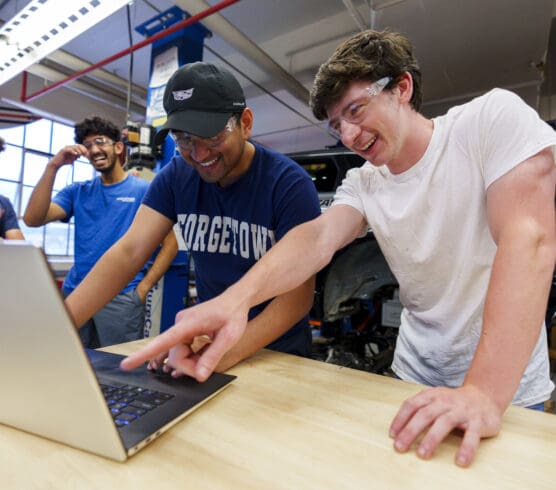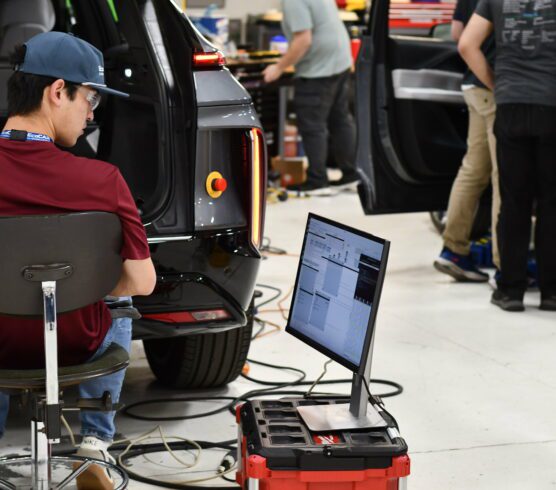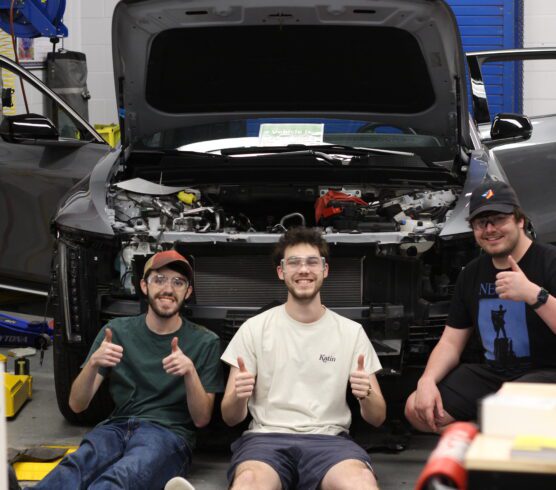This is a guest post by EarthPM
As we move into the Winter Workshop, it’s about as far from baseball as one can be. The World Series is long gone, and Spring Training seems eons away.
For those who are baseball fans, you know that a “change up” is a pitch where, usually, the speed has been abruptly and significantly reduced after the batter has been fed a steady diet of fastballs and curveballs.
We invite you to learn more about the changeup at this Major League Baseball site, featuring changeup artist Jason Vargas. We put a little of it here:
The concept of the changeup is simple. Since many Major League pitchers reach the low, mid and upper 90s with fastballs, they will fool hitters who guess fastball and time their swings on a pitcher’s release with softer stuff — as long as the ball leaves the hand looking like a fastball.
Rangers pitching coach Mike Maddux, whose brother, Greg, had one of the best changeups in baseball history, said he has worked with all of the pitchers on the Texas staff to hone and implement a changeup, because he knows how valuable it can be.
“The changeup is the almighty equalizer,” Mike Maddux said. “If you don’t have velocity to beat guys, how do you make your fastball better? By being more effectively slow.
The hope is that the batter’s timing will be way off and will not have even a chance to make contact with the ball. It’s a pretty effective pitch. In fact, although our workshop this winter is not about baseball, it will have a big focus on change. Why? Because projects are – by definition – about change. And change is not always successful – at the organizational level or at the project level. And, since projects are all about unique new products – like a hybrid Camaro – the project itself will go through all sorts of change, based simply on the fact that you’re working (to keep the baseball analogy going here) in the realm of the unknown – way out in left field.
The statistics are harsh. As many as 70% of organizational change initiatives fall short of expectations. And so do many projects.
And why is that? Humans are hard-wired to resist change. Rapid changes bring up fear in our very bodies. Our ancestral memories and DNA are hardwired to resist change because change usually meant fire, flood, drought, enemy or animal attacks, earthquakes or famine . . . change, to our reflexes, heart and mind, usually means something bad, evoking chaos, loss and grief.
Yet change is a constant and not likely to go away anytime soon – in fact, if you are a project manager, that change IS your job. For you and your EcoCAR 3 teams, it only stands to reason that those who go beyond mere adaptation to spearheading and initiating change will thrive and prosper.
Luckily, there is a skillset for leading change that can be learned, and we’ve partnered with Change Catalysts who have come up with an analysis model of change intelligence, not unlike IQ or EQ (emotional intelligence). It’s based on the three components to successful change – the “Head, Heart, and Hands”. The analysis shows individuals their ability to spearhead change one’s CQ® (think IQ) or Change Quotient®.
The workshop will help attendees understand their own strengths and areas for improvement so that resistance to change dissolves when the right leadership instills:
- The remedy for confusion about the goal (peoples’ understanding or “the head”)
- Connection, caring, motivation and morale around the goal (heart)
- The action, tactics and training to partner together to work toward a common goal (hands)
So, EcoCAR 3 Project Managers, get ready to learn more about yourself, your teams, and how to intelligently lead change.
Ladies and gentlemen, now batting, number 3, EcoCAR!



